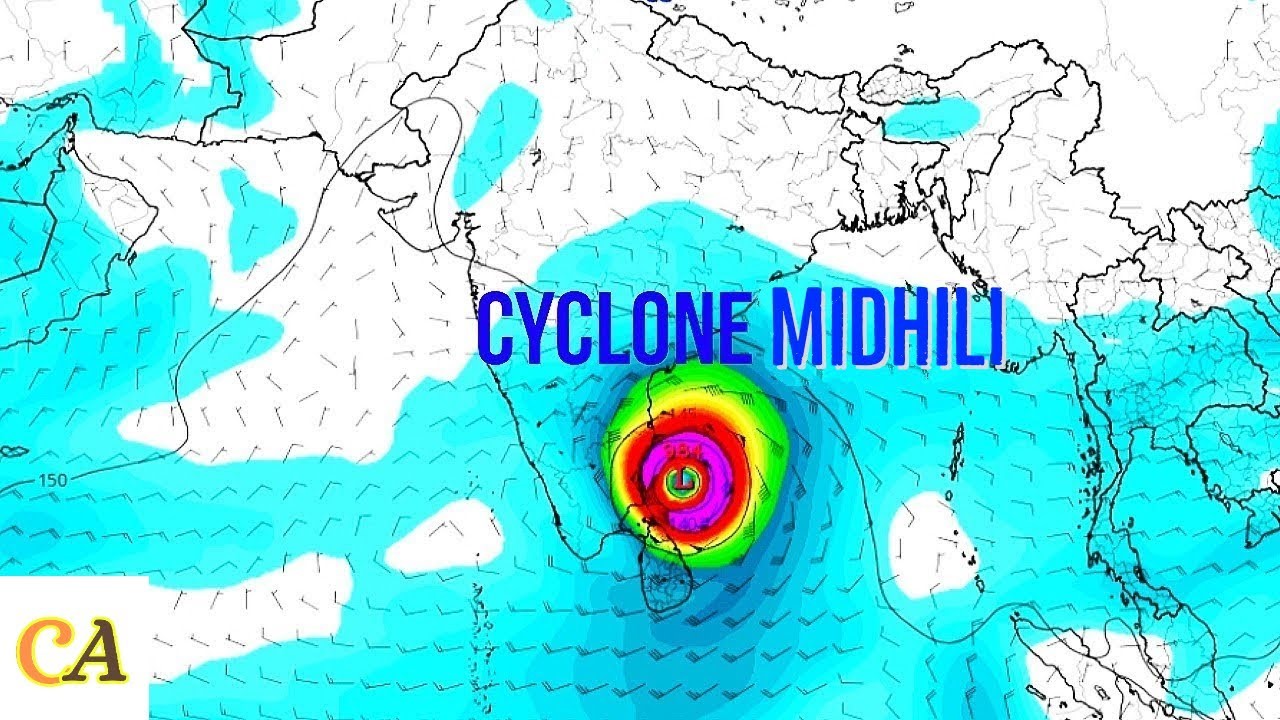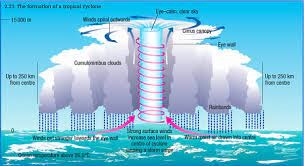Free Courses Sale ends Soon, Get It Now


Free Courses Sale ends Soon, Get It Now



Disclaimer: Copyright infringement not intended.
Context
Details

Cyclones
Conditions for the formation of a tropical cyclone:
Formation of cyclones:
Types of Cyclones
Tropical Cyclones
Severe Cyclonic Storms
Very Severe Cyclonic Storms
Super Cyclones
|
PRACTICE QUESTION Evaluate the role of technological advancements and early warning systems in mitigating the impact of cyclones. Furthermore, analyze the policy measures and international collaborations necessary for building resilience and sustainable recovery in cyclone-prone regions. |
© 2024 iasgyan. All right reserved